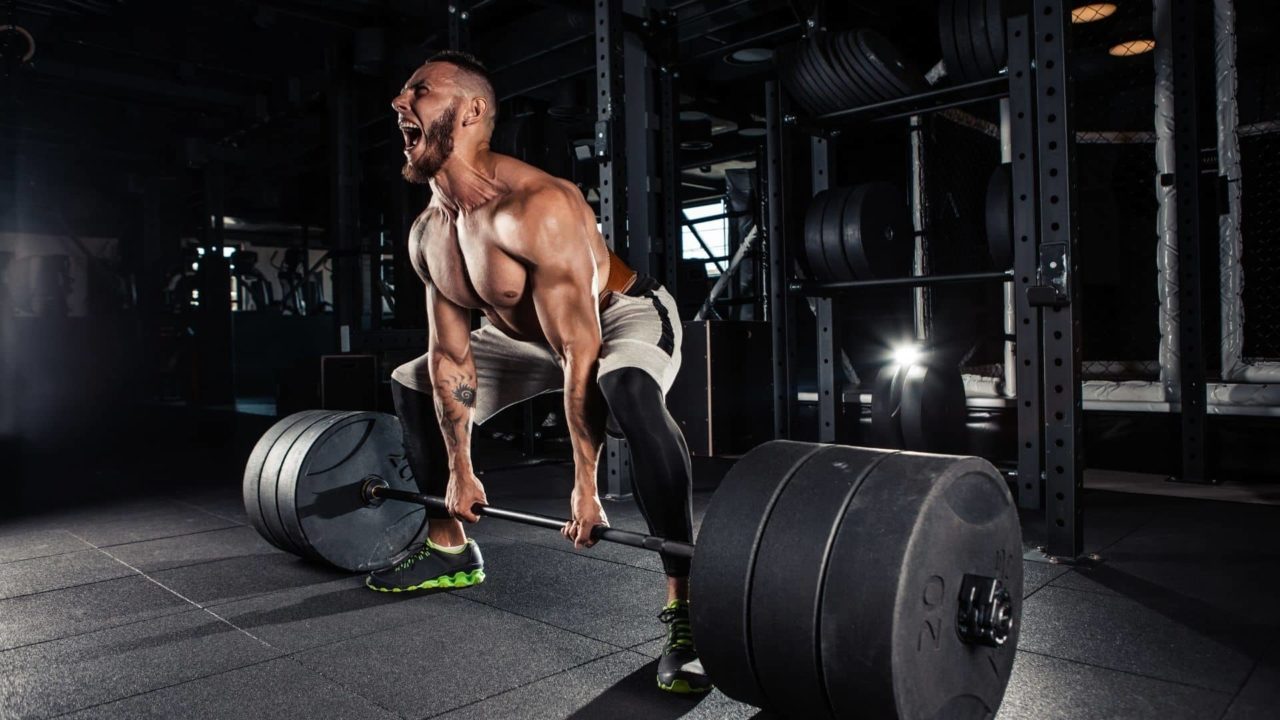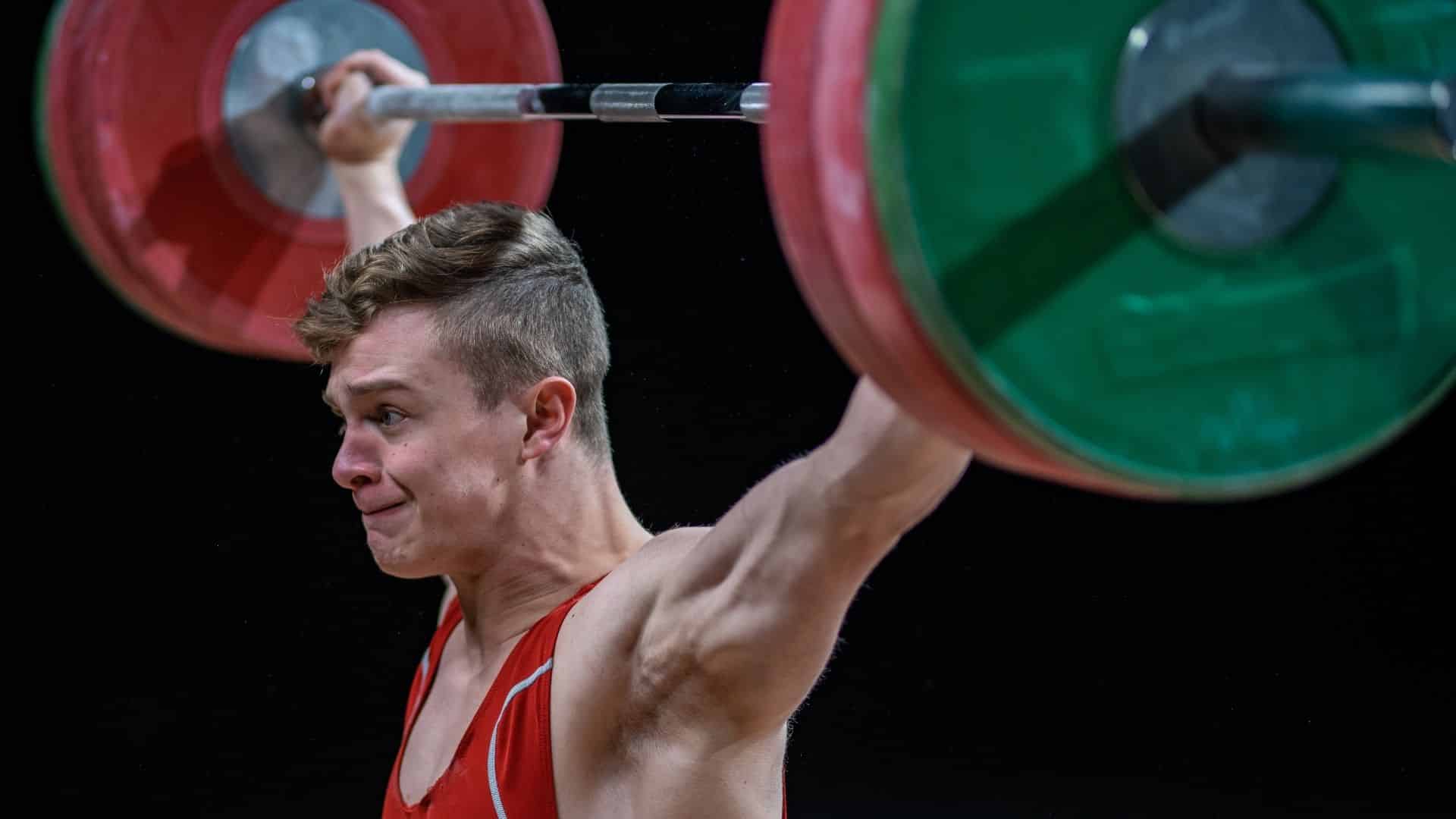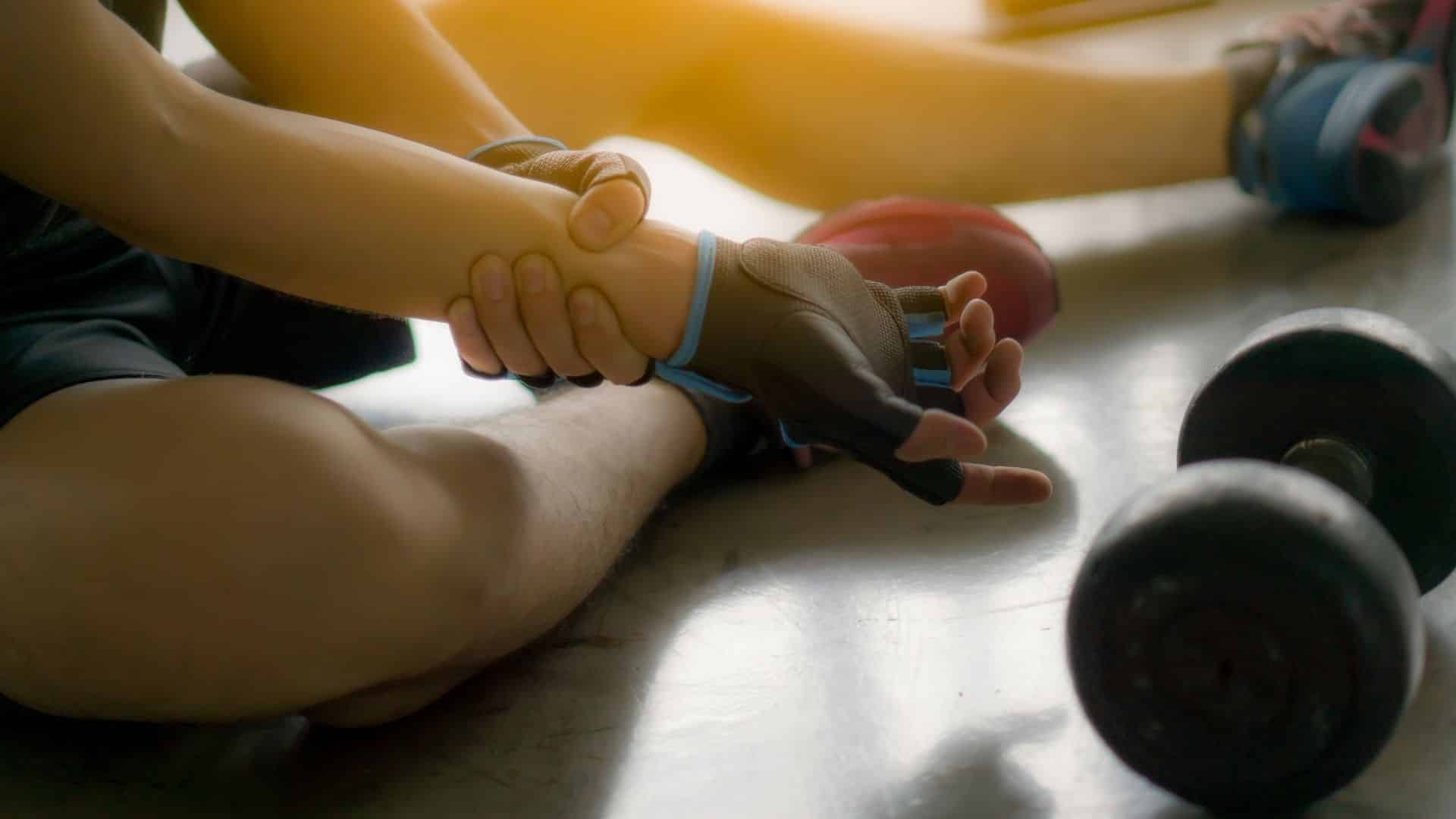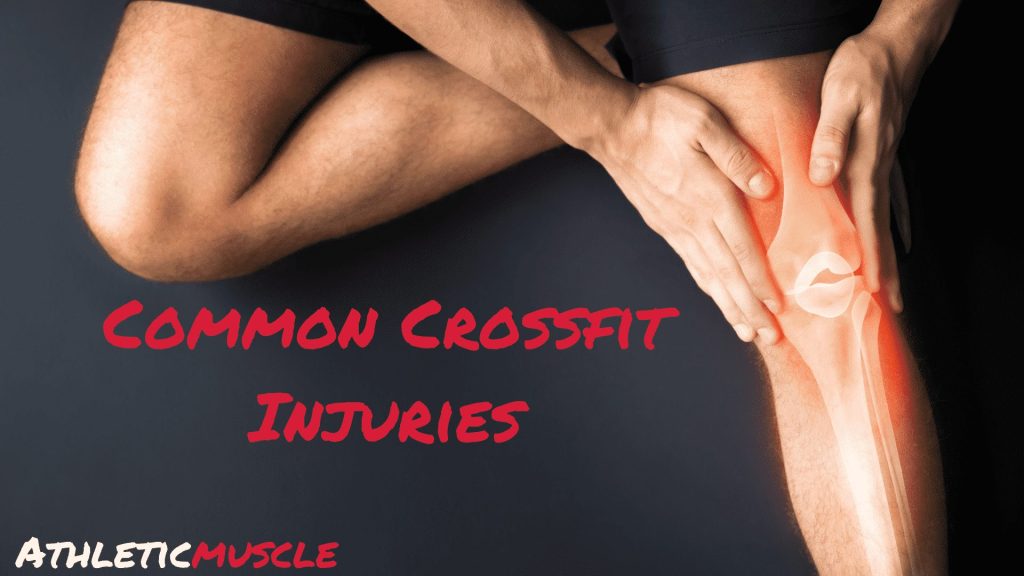Since its beginnings in the early 2000s, CrossFit has grown immensely. It’s not surprising since most CrossFit gyms offer a very motivating and supportive community atmosphere that can quickly whip almost anyone into shape. Yet, CrossFit’s reputation hasn’t grown for this reason alone.
Unfortunately, CrossFit has quickly become associated with various injuries. Some of the most common CrossFit injuries include rotator cuff issues, back pain, wrist strains, and more. For many injury rehab specialists, like myself, this doesn’t come as a huge surprise.
After all, extensive CrossFit training somewhat lays the groundwork for injuries to occur. This isn’t saying it’s all bad news. CrossFit includes Olympic lifts, weightlifting, bodyweight training, and more — all within a high-intensity circuit program.
This improves strength, agility, flexibility, and endurance. Yet, too much of anything is a bad thing, especially when it comes to exercise. So, what exactly are the most common CrossFit injuries? And how can you avoid them? In this article, we’ll explore exactly what you need to be cautious of when it comes to joining the world of CrossFit.
What’s In This Guide?
What are the most common CrossFit injuries?
What are the most common CrossFit injuries?
Did you know research shows that about 30% of CrossFitters will experience an injury of some kind? That means in a class of 10 participants, three people may eventually walk away in pain.
CrossFit injury statistics further indicate that back and shoulder pain are amongst the most common causes of pain in the CrossFitter community. If we break this down further, it was also found that the most common exercises that cause injuries included deadlifts and squats.
Yet, when these movements are performed correctly, they shouldn’t cause pain. If anything, these are functional compound movements — meaning building strength through these movements should make your everyday life that much easier as opposed to causing pain.
Essentially, it’s not necessarily the form of exercise that’s the problem. But let’s dive a little deeper. What injuries are happening? Why do they happen? And if you’re experiencing any of these injuries, what can you do to help promote proper healing?
Read Also: Hypervolt vs Theragun – which percussion massage gun is right for you?
Lower Back Injuries

Common lower back injuries in CrossFit include herniated discs and strained muscles. About 30% of all CrossFit injuries are back injuries. A herniated disc occurs when one of the shock-absorbing discs in the back protrudes outward.
A strained muscle happens when the muscle tissue is pulled past its limits. In severe cases, this may result in the tearing of the muscle tissue.
Why do they happen?
High-intensity movements often give way to muscle compensation. What does this mean? It means that your major muscle groups may fatigue more quickly, resulting in the compensation from other structures and muscles.
Back pain can happen in various types of movements when the core isn’t engaged or when the core has become fatigued. The back muscles and structures compensate, which leads to injury. Repetitive heavy lifting activities can also lead to a herniated disc due to the significant amount of pressure placed on the lower back. This frequently happens in compound movements, such as the deadlift or the squat.
How to avoid
Back injuries don’t have to happen, even if you’re just starting out. Often, it comes down to knowing your body and working within your fitness level. CrossFit is frequently a very competitive environment. But don’t let that take over your actions. Instead, do what feels good for your body. Don’t add weight when you’re at your limit. This can place unnecessary pressure on your back.
If you begin to feel your low back during an exercise, stop. Try adjusting your form or lowering your weight. Sometimes, you might need to stop altogether to avoid injury since these aches might be your body’s way of telling you that you’ve reached your limit.
Read Also: Xtend BCAA Review – A Sports Nutritionist’s Perspective
How to heal
Got back pain? First off, rest. This is key to give your body time to heal. While recovering, consider using ice or heat to help alleviate your pain and symptoms.
Do not attempt lifting until your pain has fully subsided. Before you return to your big lifts, consider focusing on building your core strength. A major part of any lower back pain rehab involves strengthening the core. This ensures that your core protects your back, preventing any strains or pains.
Read Also: Physiotherapist recommended Ice Pack Wraps for common injuries
Rotator Cuff Injuries

CrossFit training frequently includes many overhead lifts. And the shoulder joint is highly susceptible to injury. Rotator cuff strains, as well as impingement syndrome, are common shoulder injuries that many CrossFitters face. About 20% of all common CrossFit injuries occur at the shoulder joint.
Why do they happen?
As previously mentioned, the shoulder joint is already very vulnerable to injury. Add repetitive movements or incorrect form and you’re likely going to end up with pain.
Specifically, overhead movements can cause impingement syndrome where the rotator cuff rubs against the bone, leading to inflammation and a narrowing of the sub-acromial space within the shoulder. Further, these repetitive movements may result in rotator cuff tendonitis, strains, or tears.
How to avoid
Avoiding these types of injuries also comes back to not doing too much, too soon. Adding too many reps or too much weight or working out too often can quickly lead to shoulder pain and any of these scenarios above.
Read Also: 10 Exercises To Improve Your CrossFit Shoulder Mobility
How to heal
All of these situations require adequate rest. This gives your body time to reduce inflammation and heal. If a rotator cuff tear has occurred, you may require further help.
This may mean surgery or more intensive physical therapy. A tear will also need a more length recovery period. Further, ensuring you’re properly warmed up before your CrossFit workout can help reduce your risk of injury overall.
Stretching and foam rolling may also help boost recovery. However, you should never foam roll over the top of an injury, and stretching should only be performed to the point before pain.
Wrist Strains

Wrist strains are common not just in the CrossFit realm, but also amongst general weightlifters. While you may not perform exercises specific to the wrist, your wrists come under a ton of stress, especially when lifting heavy weights. Through grip and clean and press style movements, your wrists take quite the beating!
Why do they happen?
Wrist strains often arise from repetitive movements and overuse. This is really easy to do in weightlifting, such as that performed in CrossFit training, since your forearm and wrist muscles are required to grip the bar, including when deadlift, performing pull ups, push ups and more.
When you’re gripping that bar through various movements, your wrist is likely to experience stress and pain.
How to avoid
Many CrossFitters and weightlifters alike opt for wrist straps to help lessen the strain that these parts of the body take on.
It’s further important to warm up your wrists accordingly. This may involve performing grip exercises and moving the wrists in circles to get the blood flowing. After each workout, ensure you stretch your wrists and forearms properly.
Read Also: Top 5 Wrist Wraps For CrossFit Athletes
How to heal
Like many other types of injuries, rest is key! This may mean taking a week or so off to give your wrists a break. Stretching during this time (as long as it doesn’t cause pain) is also essential to alleviate tension. If need be, you may also find using ice or heat beneficial to reduce pain or discomforts.
Knee Pain

The knee is comprised of various ligaments, bones, tendons, meniscus, and more. This very complex structure takes the brute weight of most jumping forces.
This results in some of the most common knee pain injuries in CrossFit including patellar tendinitis and anterior knee pain.
Why do they happen?
The knees carry your weight when standing, squatting, jumping, and more. They absorb a ton of force. And CrossFit tends to involve many high-impact exercises.
Thus, overdoing it can quickly lead to knee pain and injury. In fact, if you’re experiencing knee pain, usually, CrossFit is not recommended. More so, those with frequent knee pain should opt for more gentle activities, such as walking, cycling, light weightlifting, or swimming.
Read Also: Best Knee Sleeves For CrossFit Athletes
How to avoid
This is another injury where reeling in doing too much, too soon is essential. If pain arises in your knees, ease off. Don’t push through it.
You’ll also want to ensure you stretch before and after every workout. Using a foam roller on your hamstrings, calves, and quadriceps, such as the Rumble Roller, can also help reduce muscle tension and knots, decreasing your risk of injury.
Read Also: Top 3 Best knee Wraps For Squats and Powerlifting
How to heal
Knee replacement surgery isn’t exactly uncommon. Yet, you don’t have to become part of this club.
Taking proper care of your knees is essential. This comes down to making sure you allow any knee pain or injury to fully heal. Ice, stretching, and rest can help your body recover after knee pain. You’ll also want to steer clear of jumping exercises since these can actually aggravate previous injuries.
Tennis Elbow

Tennis elbow happens when the tendons on the outside of the elbow become inflamed and irritated. Overuse of the elbow is easy when weightlifting since this joint is required to bend and straighten in various exercises.
Why do they happen?
Tennis elbow happens from repetitive and overuse (very similar to most of the other common CrossFit injuries above). This is easy to do in CrossFit since many exercises require bending and stretching of the elbow.
How to avoid
If any pain occurs, stop and rest. Avoiding this injury also comes down to ensuring you stretch and care for your elbows before and after your workout. If you notice any swelling or pain, ice as needed.
Read Also:Top 4 Elbow Sleeves For CrossFit
How to heal
When it comes to injury prevention, this is another injury where time is key. Your body is a very effective self-healing machine, but often we don’t give it the time it needs to do so.
Avoid returning to your regular workout until your pain and swelling have fully subsided. Ice or heat the elbow as needed to help reduce any pain or discomfort.
Know Your Limits
Most of these injuries come down to knowing your limits. Don’t overdo it. Avoid training every day and give your body rest and recovery days. Common CrossFit injuries don’t have to be the regular CrossFitter athlete’s fate. With the right knowledge and care, you can continue to push toward your fitness goals, without pain or serious injuries standing in your way.
If your injuries persist, seek out further help from your doctor or physical therapist. They are experts in this area and can create custom treatment plans according to you, your body, and your needs.

